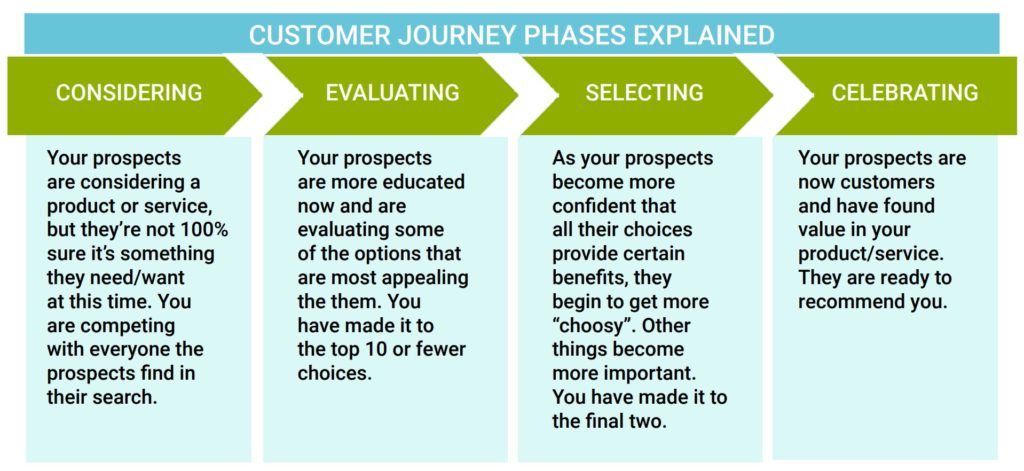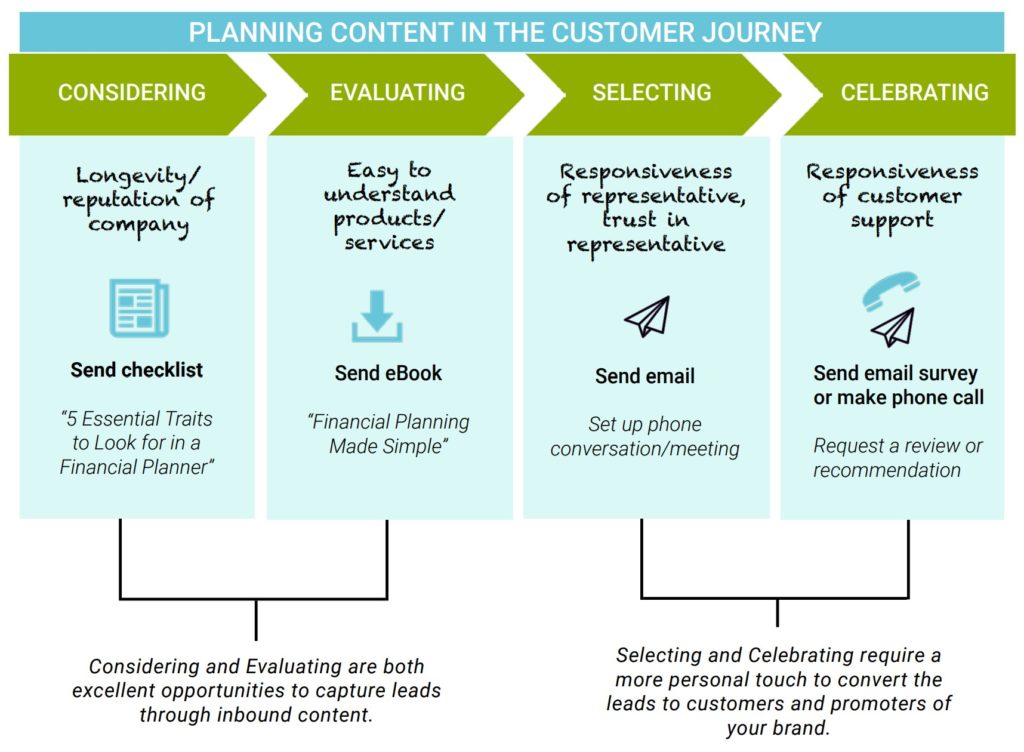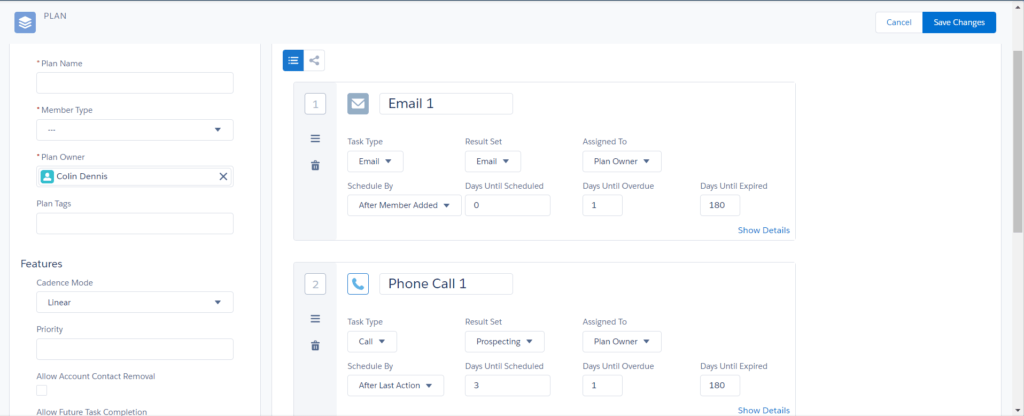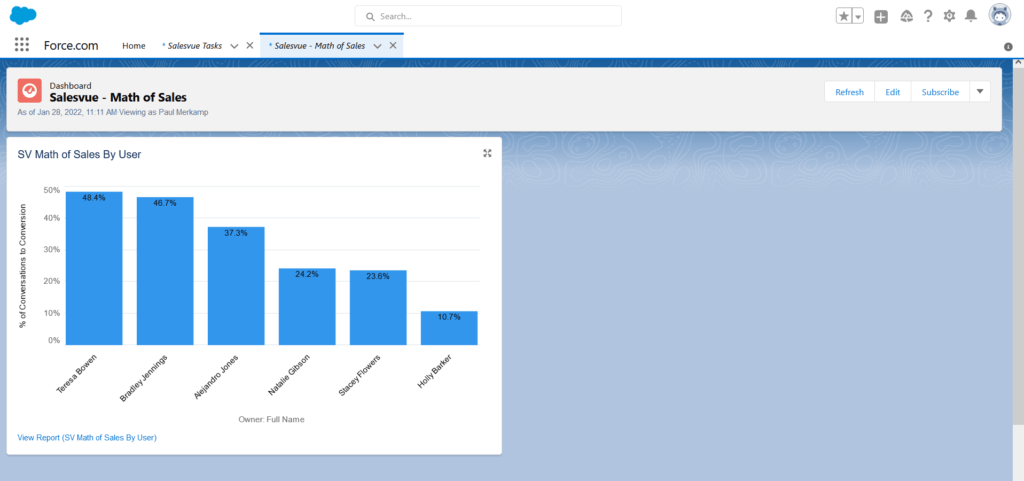With a large portion of your buyers’ journeys online (especially in industries with longer sales cycles), continuously engaging prospects is more important than ever. There is no choice but to include lead nurturing in the sales engagement process. Moreover, Annuitas Group’s study reports that nurtured leads make 47 percent larger purchases than non-nurtured leads. Why set your team up for failure when setting up a great sales engagement process takes only four steps? Check out our steps to completing this goal. But first, here is a little more about sales engagement.
What is Sales Engagement?
Sales engagement, as alluded to, is a great way to keep customers aware of you. This helps not only with reducing churn and closing more deals, but with tracking what is actually working in the process. By continuously interacting with prospects throughout the sales process, the seller will help form a relationship with them.
Utilizing a sales engagement platform can help in this process. With an SEP, a seller can make these interactions scalable and automated, ensuring they keep this connection going with as many prospects as wanted. Through a few easy steps, the seller can position themselves for success in their sales engagement efforts.
STEP ONE: Map the Buyer Journey
Considering a lead can come and go at any time, there are always leads at different stages of the sales process. By recognizing this, and getting ahead on challenges this may bring up, you can help set yourself up for success. Segment your customers and create a buyer journey map for each of your buyer personas.
First, consider what is happening during the phases in a typical journey represented in the graphic below.

Next, map out your prospects’ pain points and motivations. For example, in the Considering phase, let us say our persona is concerned with your organization’s stability and credibility. Then in the Evaluating phase, they are confident you are reputable and now are concerned with how easy it is to use or understand your offerings. In the Selecting phase, they need to know that the sales rep is going to get them through implementation smoothly, addressing all their concerns in a timely and satisfying manner.
After closing the deal, a customer wants to continue engaging with you in the Celebrating phase. This could come from providing them with excellent customer support. The image below maps the aforementioned motivational attributes. Your actual journey map will likely have many more considerations in some phases.

STEP TWO: Create Content
Creating relevant content to share with your leads can improve perceptions around your brand and help get your sales reps to more conversations. By giving the appearance of customized messaging, you will be able to connect with prospects on a deeper level. If you have detailed, templated content surrounding a pain point they are having, it will hit close to home with them.

Continuing with our previous example, let us look at some content that might be suitable for each of our attributes in each phase. In the Considering phase, we will create a checklist called “5 Essential Traits to Look for in a Financial Planner'' to establish our organization as a thought leader in the industry. This helps create credibility in our stability and longevity. To address the attribute in the Evaluating phase, we will send an eBook where we take a complex subject and make it easy to understand.
Because trust in our representative is important in the Selecting phase, we are going to send an email to set up a personal conversation with the prospect. If we have reached the Celebrating phase, we have closed the deal, and we want to make sure our new customer is getting value. We may send an email survey or make a phone call, and if all is well, we will ask them to provide a review or recommendation.
STEP THREE: Map Out a Cadence
Once you have identified what to say and when, set up a cadence to help automate and systematize the process. These cadences live within your sales engagement platform and help your sellers see what touchpoints they must make on a certain day. For example, if you find that a certain buyer persona responds well to regular emails, then you can set a cadence to send templated emails out every 10 days. If another buyer persona responds well to both emails and phone calls, you can set one up to reach out by email one day, send an email six days later, then make a follow-up phone call two days after that.
The power of cadences in sales engagement platforms is that they are scalable and customizable. You can send hundreds of emails with the click of a button, arrange any number of touchpoints in any order you want and see what is truly working.
That last piece is especially important. Being able to see into the health of the cadence is extremely important. If you notice that after a second email, the open and response rates take a nosedive, then you can reevaluate. Whether that is editing subject lines, changing the content and timing, or dropping the email from the cadence completely.

STEP FOUR: Measure Results and Tweak Your Process
Expanding on that last idea, it is very important to constantly collect data to help create actionable insights. Yes, you may get it exactly correct on the first time, but the odds of that happening are slim to none. There is always room for improvement. So, why not embrace that and use a process that helps highlight areas of improvement? Sales engagement is about always improving. Not only with your prospects and the relations with them, but about your own prospecting efforts as well.
An easy way to see changes that should be made is with different reports. A sales engagement platform should give you many different types of reports that give insight into the health of cadences and sellers. In the report below, you can see a report that shows the percent of conversations lead to conversions for each of your sellers. Knowing this, you will see which sellers are most efficient. While Holly may have twice the conversations as Teresa, she is very inefficient. Knowing this can help team leads replicate what Teresa is doing across their whole team, leading to better results for everyone.

This is just one example of a report that a sales engagement platform can give you. With Salesvue, you can compare data using any Salesforce field and any Salesforce standard or custom entity, including Lead, Contact, Account and Opportunity.
How Salesvue Can Help
A great sales engagement platform will put you head and shoulders above the competition. This is why Salesvue natively integrates with Salesforce. For teams that already use Salesforce and want great sales engagement process, Salesvue is the only one that looks and feels exactly like Salesforce. By joining the data organization capabilities of Salesforce with the sales engagement capabilities of Salesvue in a single source of truth, your team will be well on its way towards keeping prospects happier, more engaged and closing more deals.
Category
Tags
Subscribe to Funnel Vision
Get the latest and greatest right in your inbox






